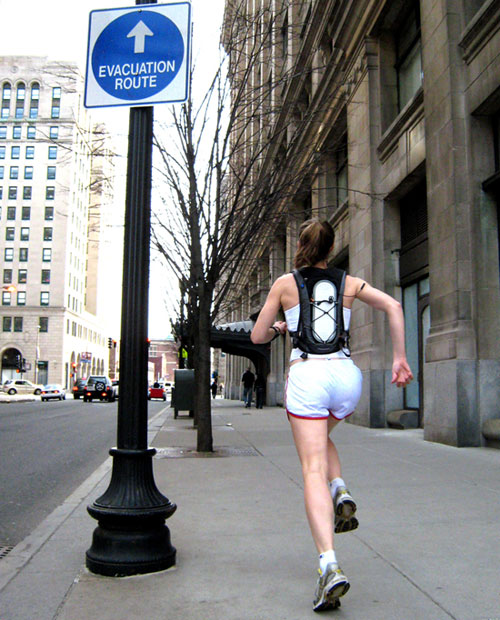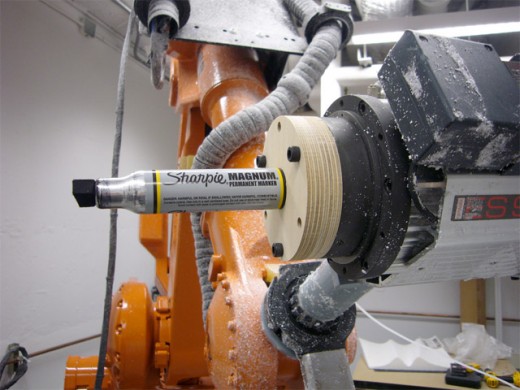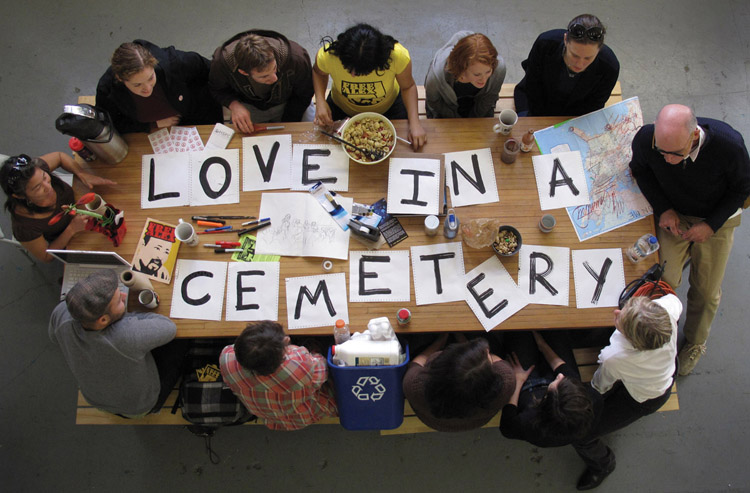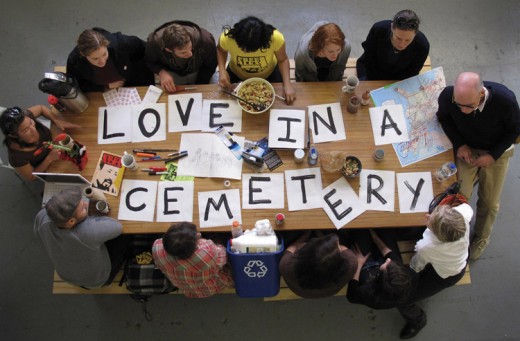Ailanthus altissima, a name that may not be in any way familiar, though there is a very good chance that a person who lives in the urban centers of Windsor or Detroit sees this “ancient” tree on a daily basis. This tree is known as “Tree of Heaven” or to some “Tree from Hell.”
The tree of heaven is a native to northeast China and Taiwan, it thrives in temperate climates and is capable of reaching heights of 15 meters in 25 years, though it has a relatively short lifespan of 50 years. What might be the significance of this tree you may ask. Well, it’s on the forefront of the cultural mythos of Detroit’s current revitalization.
This is not the first time that the Tree of Heaven has been reclaimed as an icon for cultural growth in circumstances and environments of neglected or “broken” urban centers. In 1943, Betty Smith wrote A Tree Grows in Brooklyn, which features the Tree of Heaven as its main metaphor for “the ability to thrive in a difficult environment.”
There’s a tree that grows in Brooklyn. Some people call it the Tree of Heaven. No matter where its seed falls, it makes a tree which struggles to reach the sky. It grows in boarded up lots and out of neglected rubbish heaps. It grows up out of cellar gratings. It is the only tree that grows out of cement. It grows lushly…survives without sun, water, and seemingly earth. It would be considered beautiful except that there are too many of it.
–A Tree Grows in Brooklyn, Introduction

















